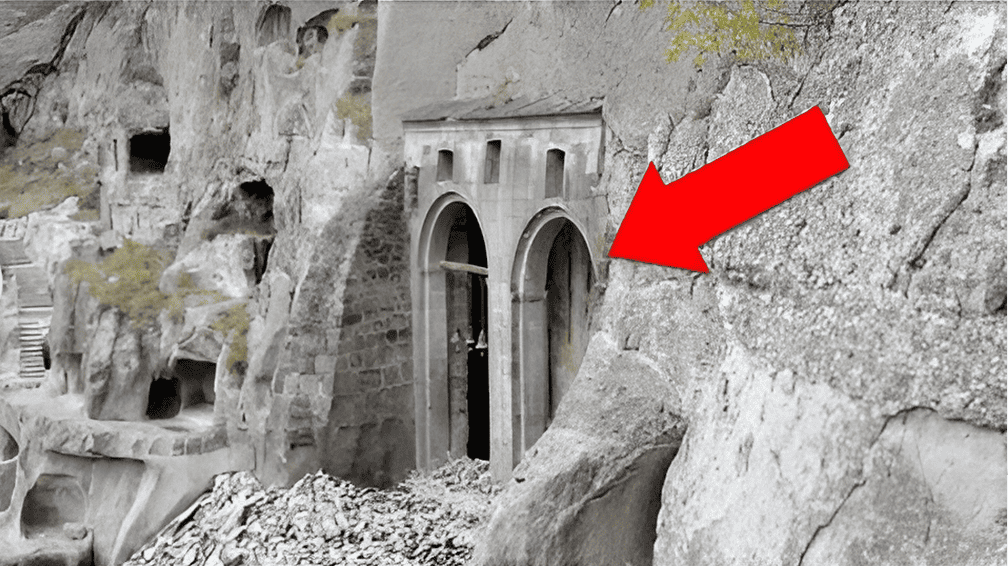Situated approximately 30 kilometers away from Aspindza on the slopes of Erusheti Mountain in Georgia, Vardzia serves as a remarkable illustration of cave architecture, reflecting the deep historical roots of the nation within its rock-cut structures.
Vardzia's origins trace back to the 12th century during the prosperous rule of King Giorgi the Third in Georgia. However, the significant expansion of this cave city occurred under the leadership of his daughter, Queen Tamar. Initially conceived as a fortress to defend against the constant threat of Mongol invasions, Vardzia transformed into a self-contained monastic settlement, a hub of cultural and educational activities, and a symbol of Georgian resilience.
Carved into the cliffside, standing at an elevation of over 1,300 meters, Vardzia extends for more than half a kilometer and ascends to nineteen tiers. At its peak, it boasted over 6,000 apartments housing 2,000 resident monks, along with a throne room and the Church of the Dormition, adorned with exquisite frescoes.
Legend has it that the city was accessible only through a hidden tunnel, and Queen Tamar occupied 366 apartments, frequently changing her residence to thwart potential invaders.
The architects of Vardzia demonstrated remarkable foresight and ingenuity, incorporating an intricate irrigation system that channeled water from the mountain to the complex. This system not only fulfilled the city's drinking water needs but also supported its agricultural terraces crucial for food production.
In 1283, a devastating earthquake exposed the hidden city by shearing off the front of the mountain, marking the beginning of Vardzia's decline as the protection offered by its concealed façade was lost.
The decline of Vardzia intensified in the 16th century after its capture by the Safavids in 1551, resulting in significant casualties and the plunder of precious icons and gospels. The region then became a battleground between the Ottomans and Safavids, leading to the abandonment of Vardzia.
Despite the decline, some monks returned to the site, and a small monastic community endured. The Soviet era witnessed further excavation and partial restoration of the city. Today, a few monks continue to reside here, preserving the spiritual legacy of this ancient city.







